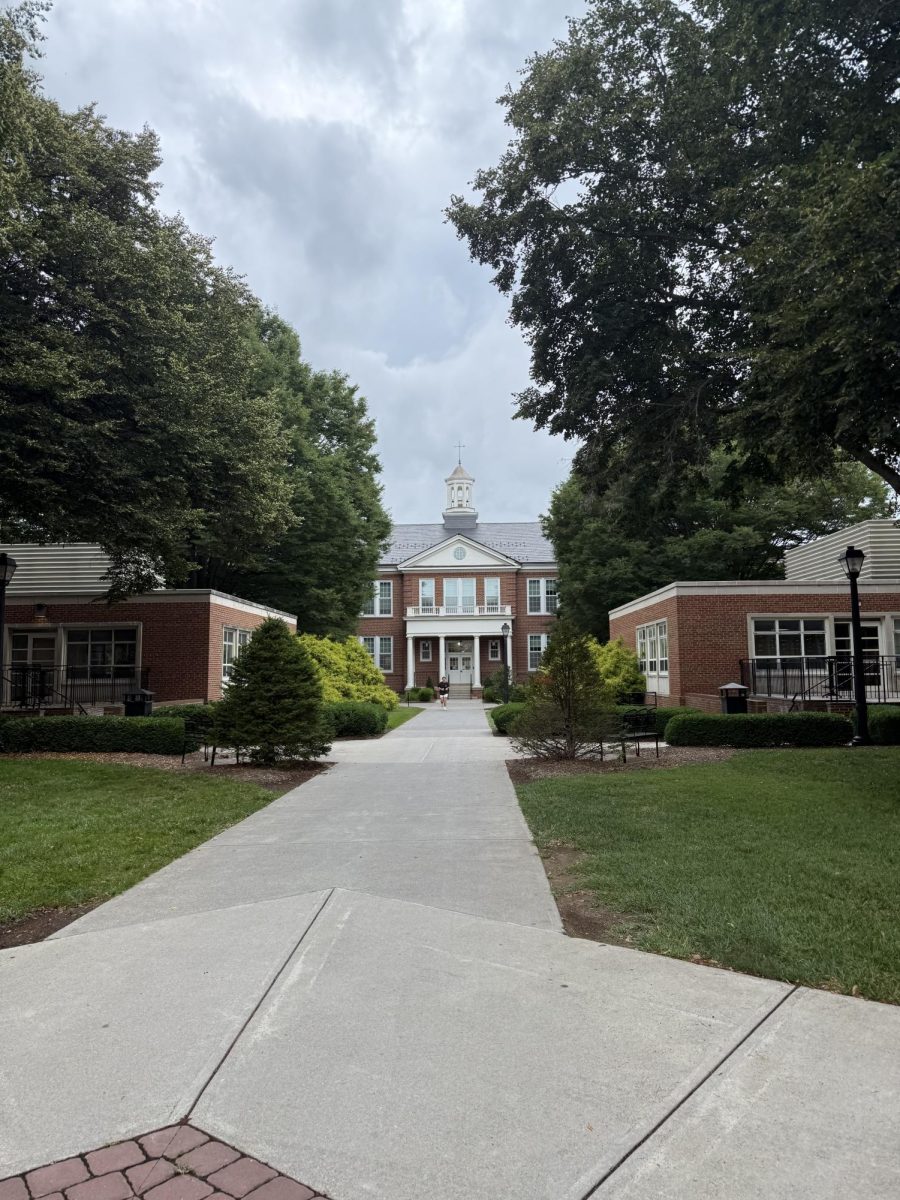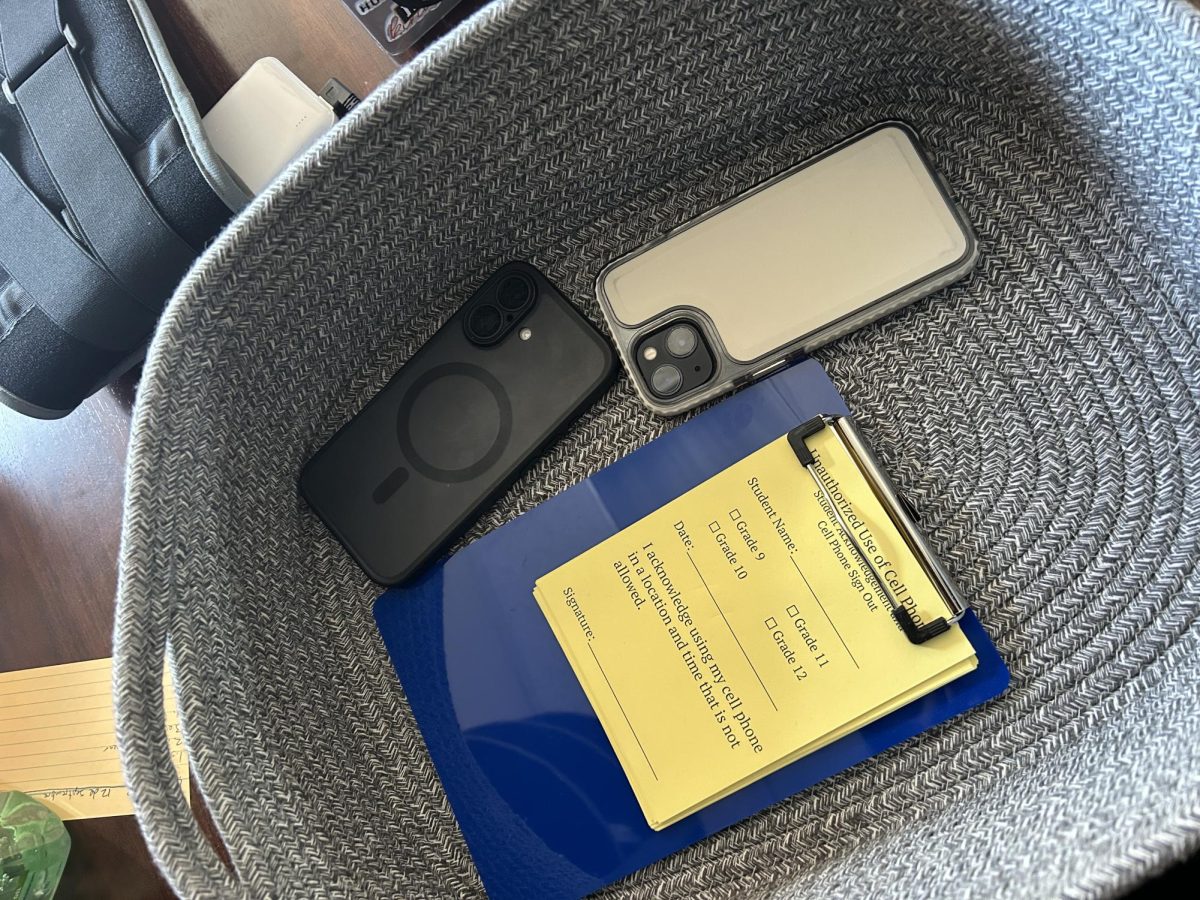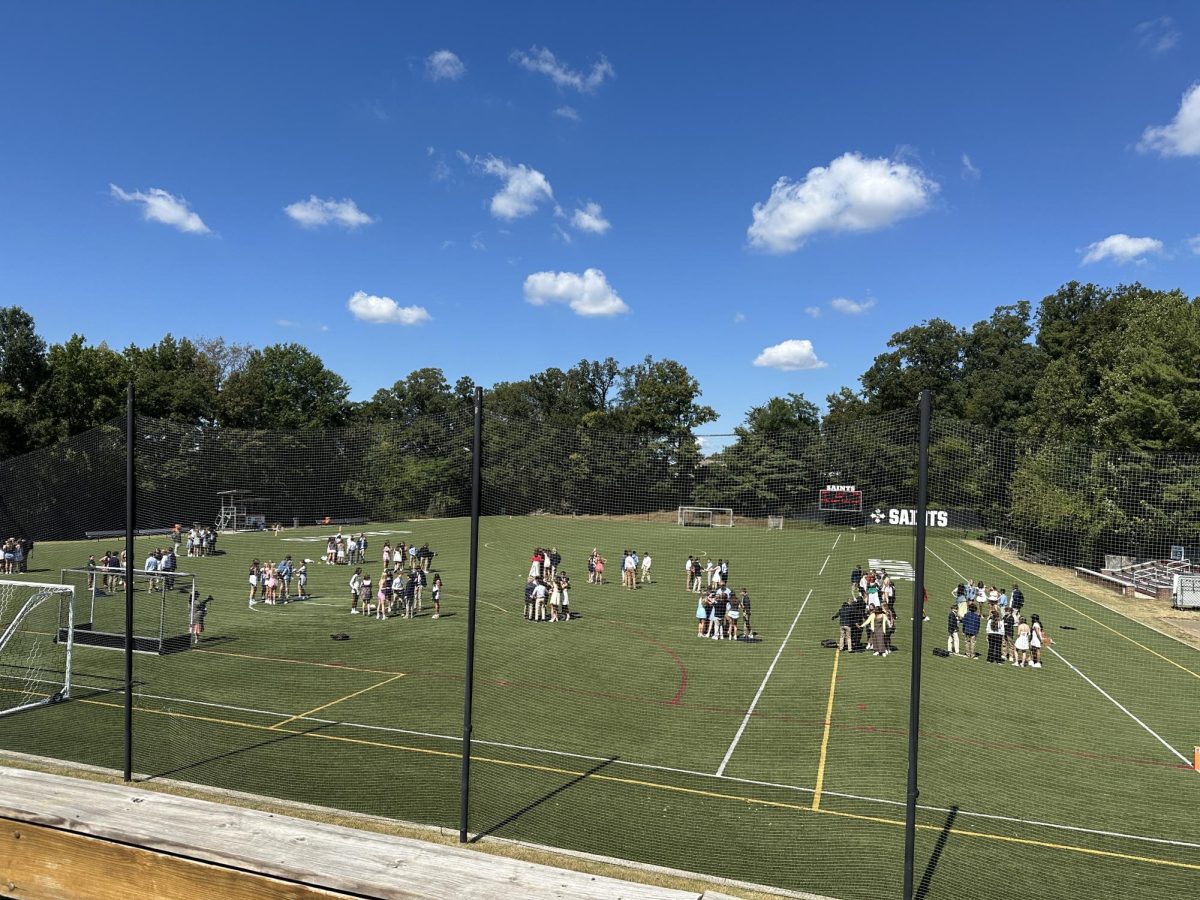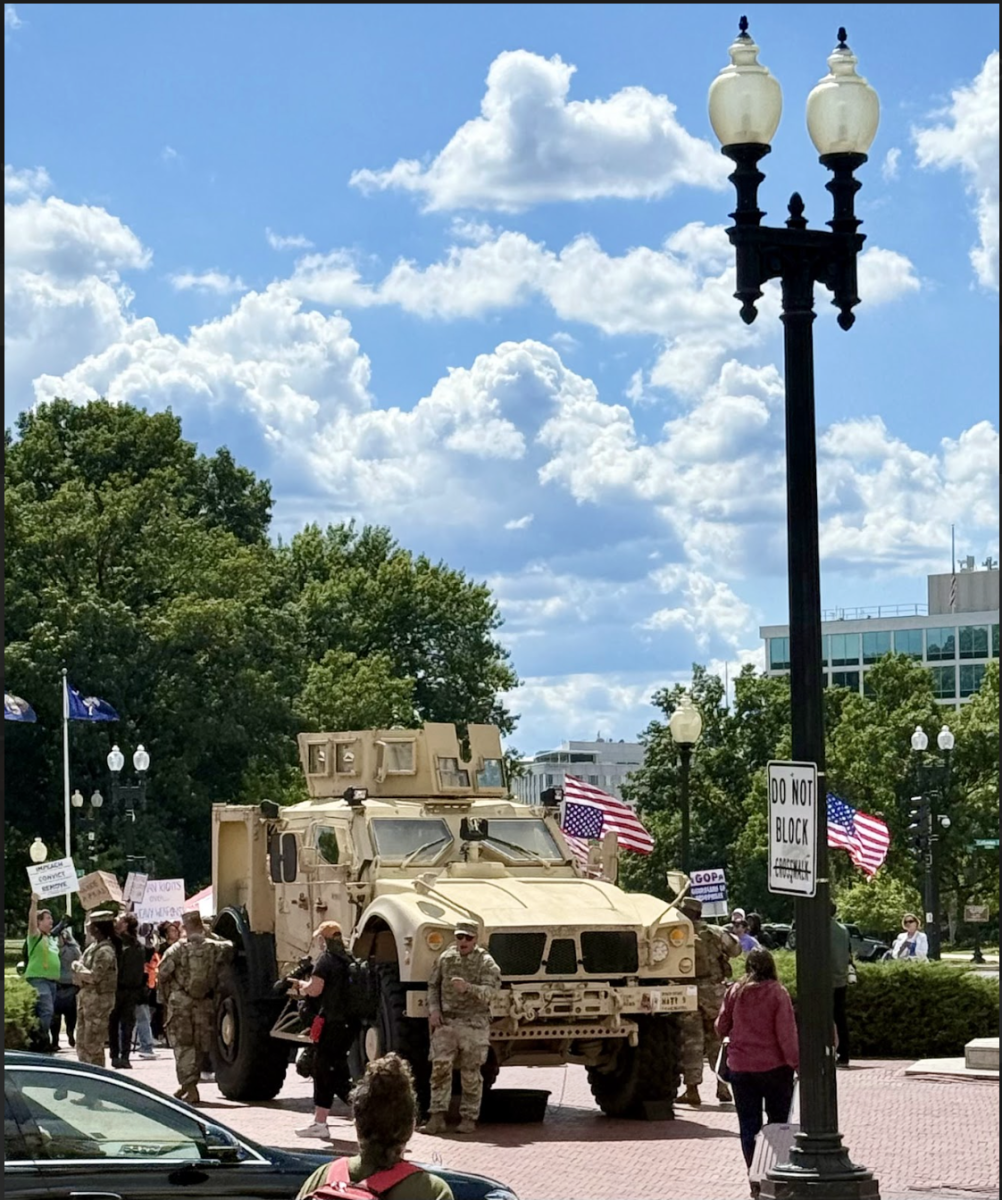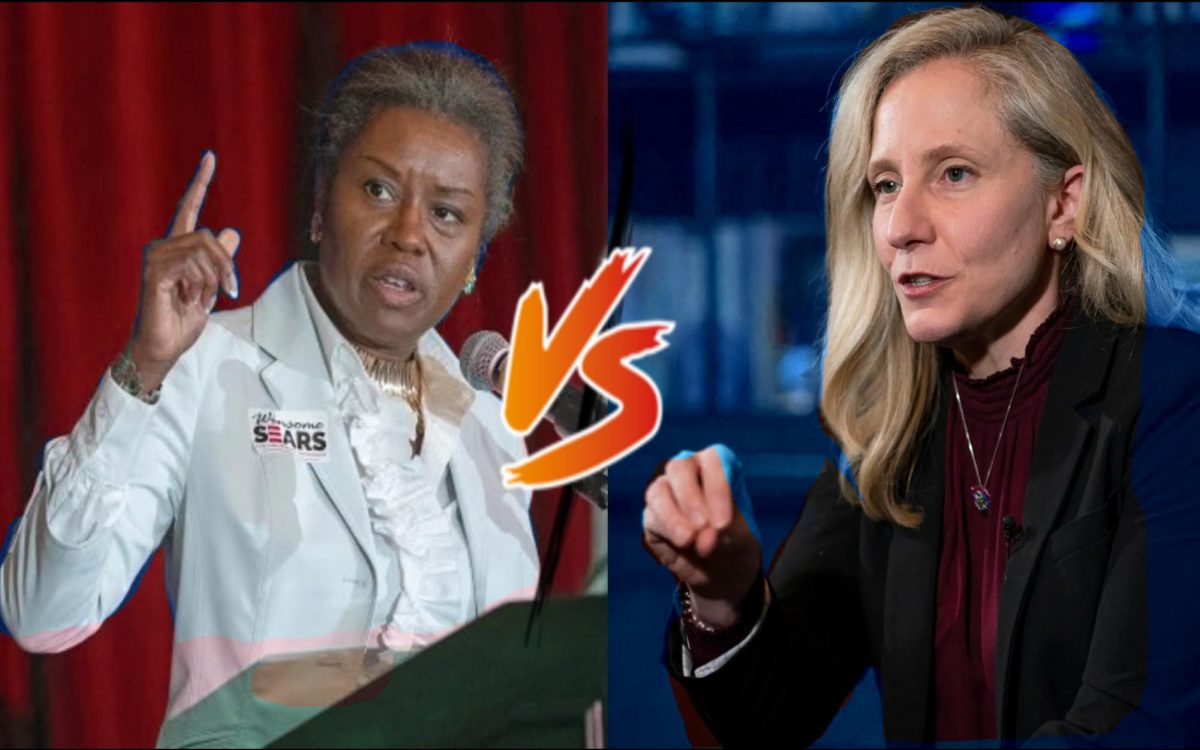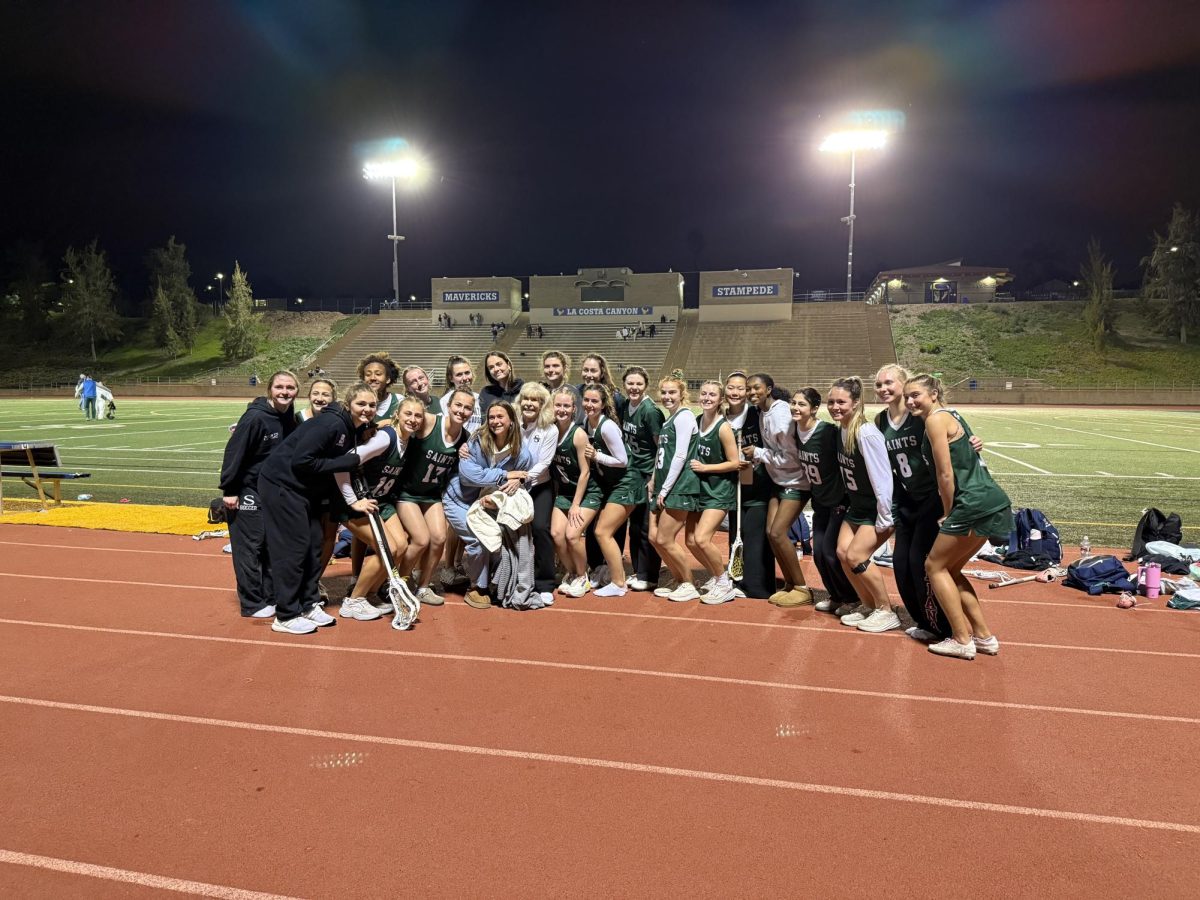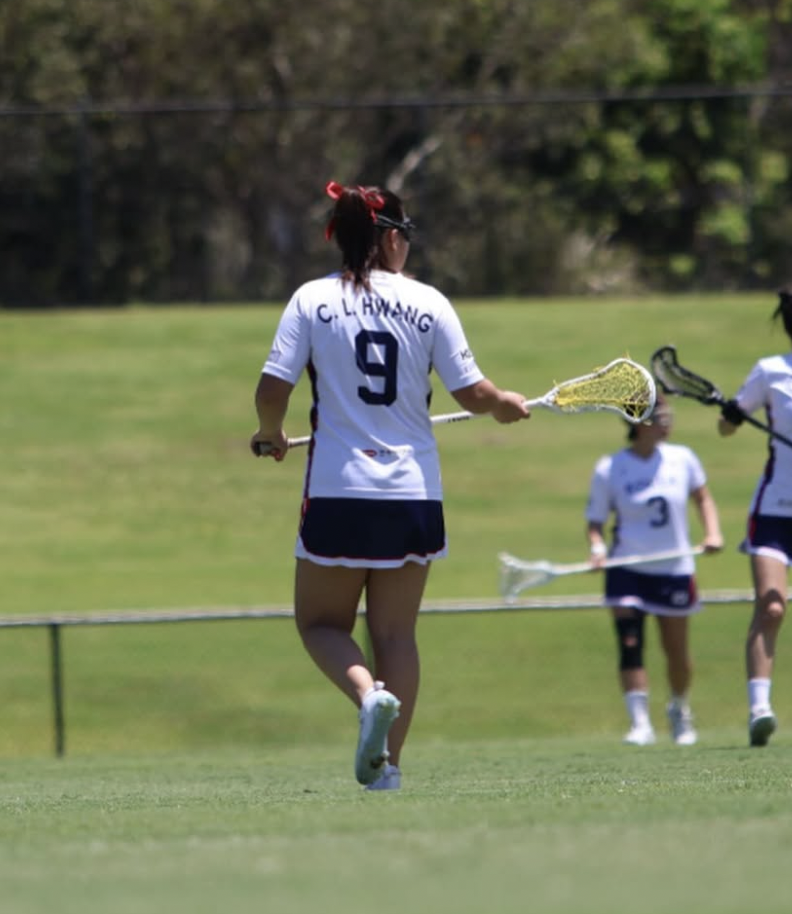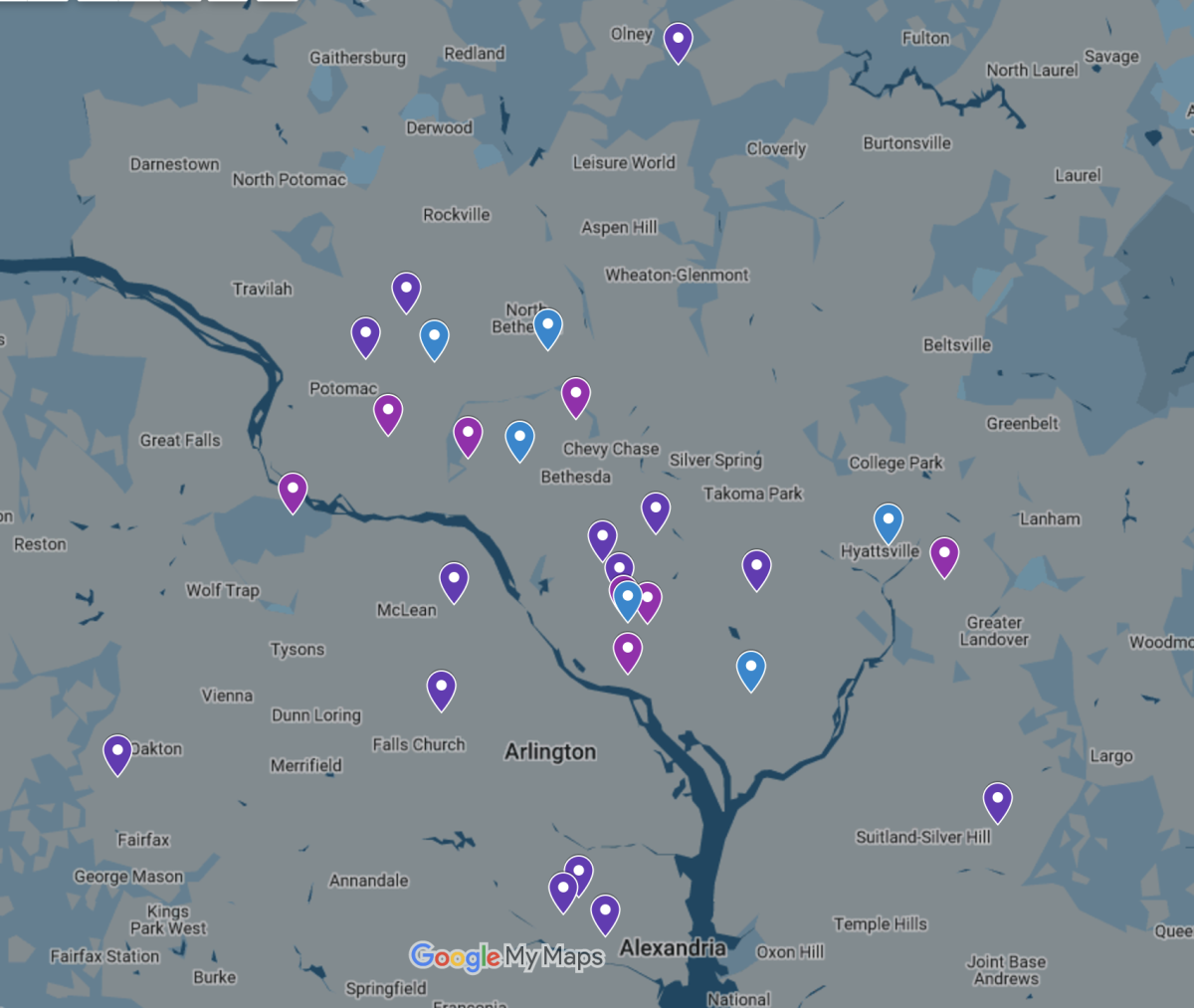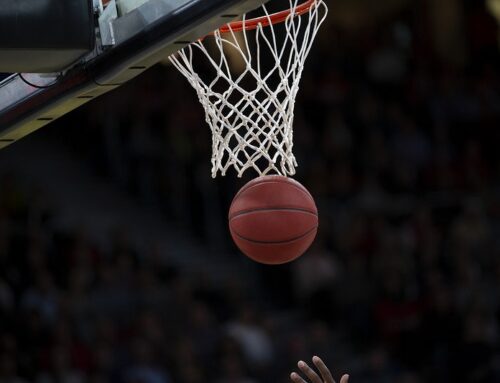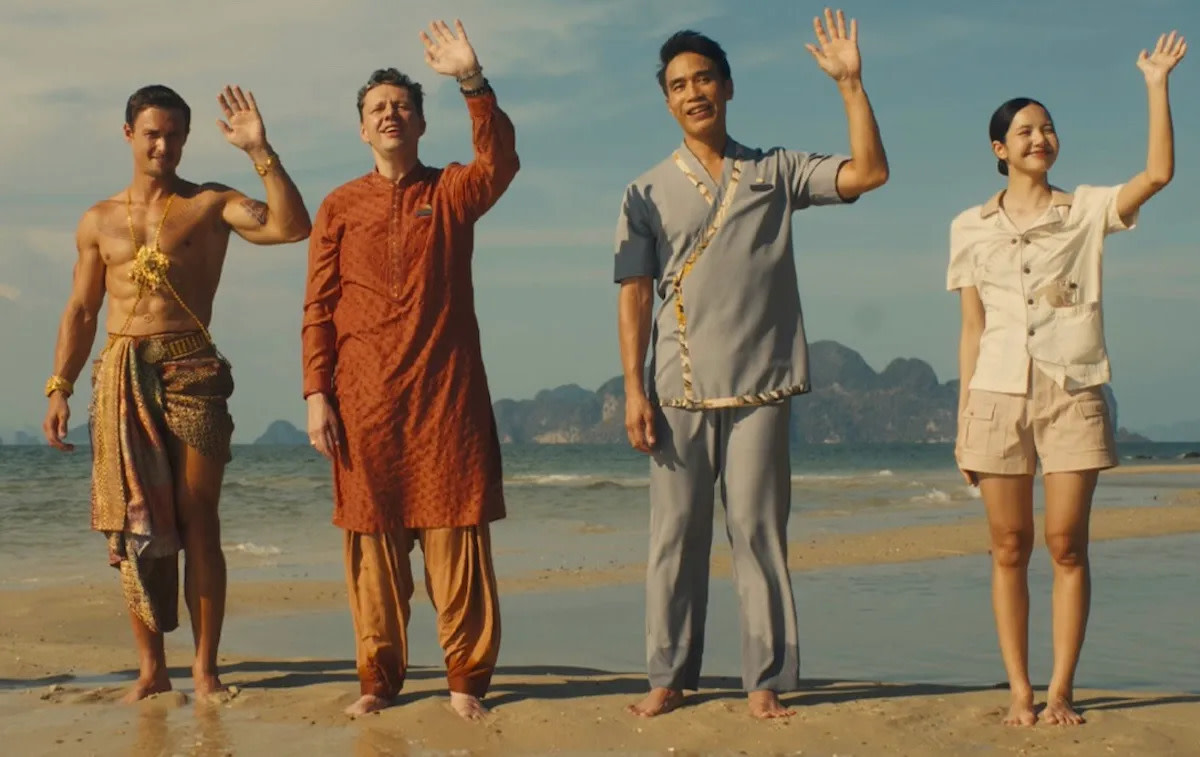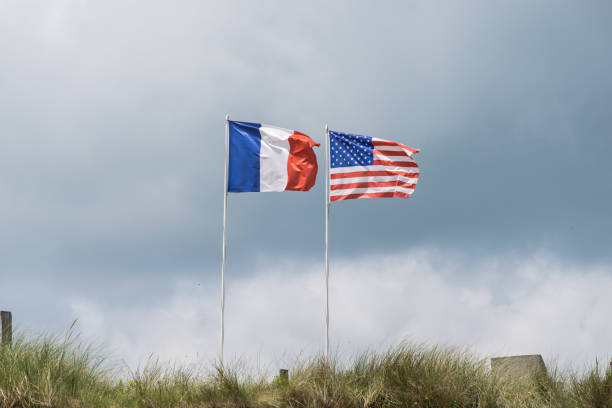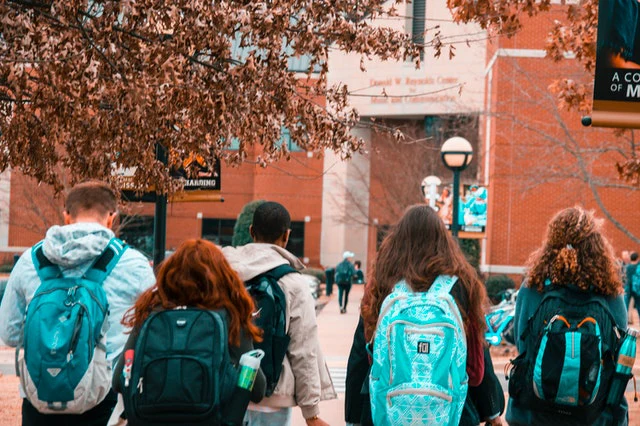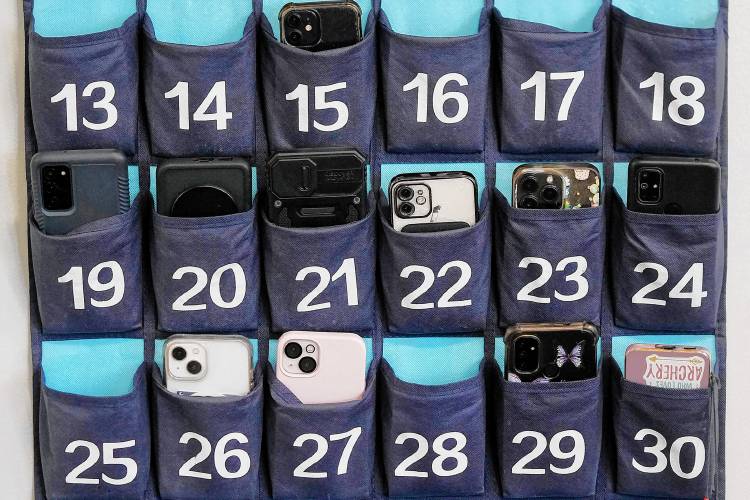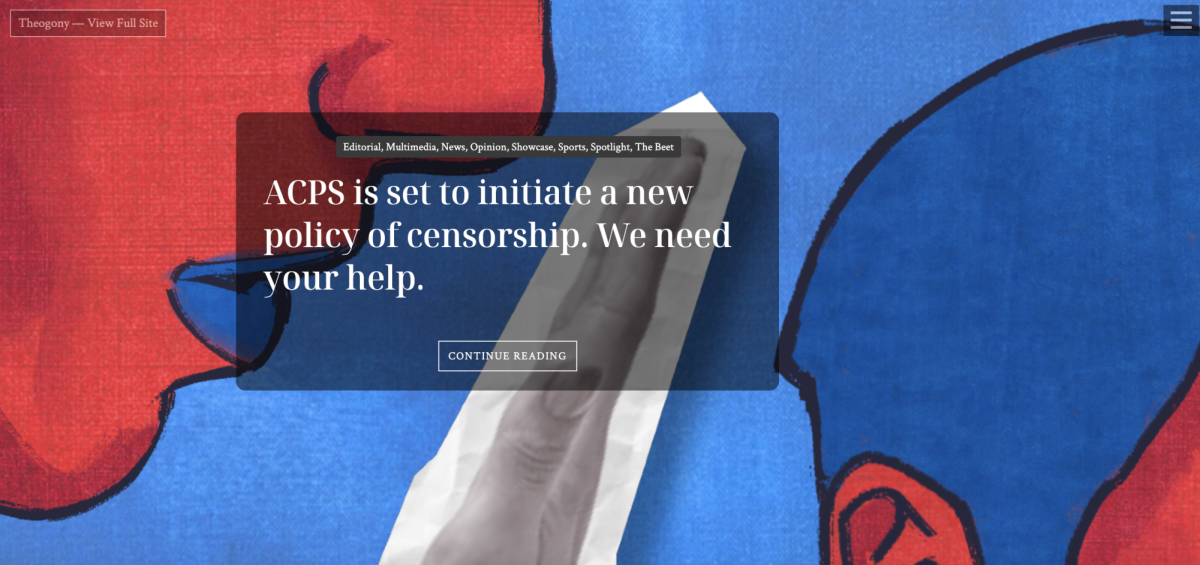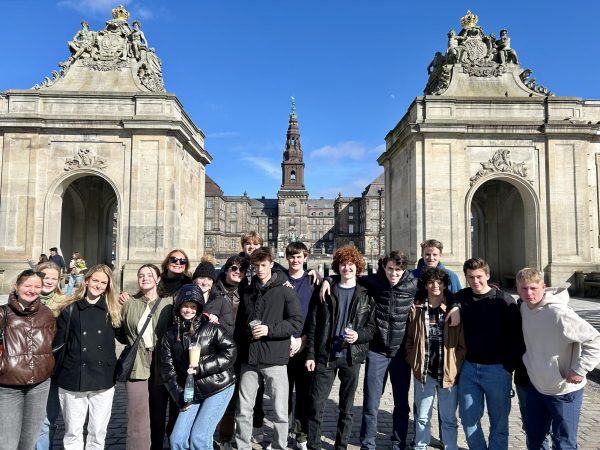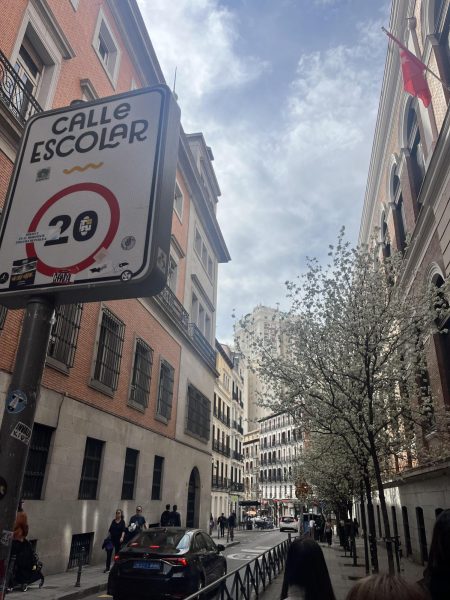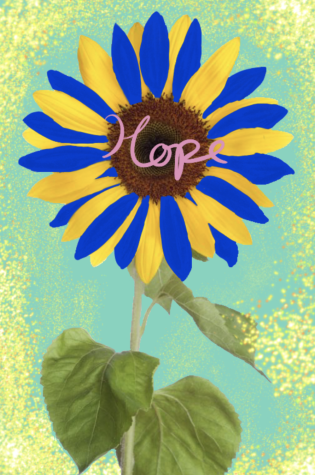The Haudenosaunee: Founders of SSSAS’ Greatest Pride
At SSSAS, lacrosse is given a lot of importance. We are known as a lacrosse school and it is placed above the other sports at our school. But, with all the conversation and time spent on lacrosse, it is notable that the role of Native Americans- specifically the Haudenosaunee- in creating lacrosse is never mentioned.
The Haudenosaunee are a Native American Confederacy that, according to the Haudenosaunee Confederacy website, has 5 different nations. The Haudenosaunee have also been known as the Iriquois which was the name that was given to them by the French. The name Haudenosaune is the name for the confederacy in their own language. The exact date of the confederacy’s founding is debated but the most commonly cited dates are 1142 or 1451. The confederacy’s territory was most of New York around Lake Ontario and parts of Canada. Each tribe had its own territory.
Lacrosse was very important to the Haudenosaunee. Lacrosse is seen as a gift from the creator by the Haudenosaunee. They believe that lacrosse united the communities and the Haudenosaunee nations. Lacrosse was also seen as something that fostered well being and resilience of the nations. Additionally lacrosse helps the Haudenosaunee traditions continue and younger generations learn about them. This is why it was known as the medicine game.
Today lacrosse is seen as a very white and wealthy sport. Lacrosse has become more club centric and with how expensive club lacrosse is, it is a very large commitment to make. Even for younger players, rec leagues are being replaced for clubs. For older players recruitment is happening through clubs instead of highschool programs. Additionally, because lacrosse is a relatively small sport, there are fewer manufacturers of lacrosse equipment. Companies can charge more because there are less options and because lacrosse equipment is being catered to a wealthy group. This reputation of lacrosse covers up its Haudenosaunee origins. In my opinion, this common stereotype overshadows so that many people don’t think about the Native American origin at all.
Today the First Nations Lacrosse Association has 5 national teams for Native American players. They are the governing body for Indigenous lacrosse in the United States and Canada. The men’s national team was founded in 1983. In 1988 they were recognized as a full member of World Lacrosse. Today the First Nations Lacrosse Association is the only indigenous sporting group in the world recognized for international competition by a sport’s global governing body. Even though there is a much smaller talent pool than Canada or the United States the Haudenosaunee have had a lot of success. The men’s team were third in the past two Lacrosse World Championships.
For the Haudenasunee, playing on the global lacrosse stage is much more than just playing lacrosse. They are playing for representation in global sports and their effort is symbolic of indigenous efforts to have their sovereignty recognized. A goal for the Haudenasaunee is for the team to be accepted by the international olympic committee and appear in the 2028 olympic games. Playing lacrosse is “an opportunity for people to understand that the Indian nations are still here” – Oren Lyons who founded the Haudenosaunee National Team. Additionally, the Haudenosaunee are fighting against the image of lacrosse as a suburban white sport.
The Haudenosaunee’s efforts to be included in the 2028 Olympics is a part of the greater movement for lacrosse to be added to the games. The Haudenosaunee have been exploring multiple ways to be included in the Olympics. There have been other territories like Hong Kong and Puerto Rico that have International Olympic Committee (IOC) membership without having United Nations (UN) membership. But, for the Haudenosaunee to be members they would have to form a national olympic committee and have athletes in 4 other sports which because of time constraints is not very likely. Another option would be for the IOC to give a special invitation to the Haudenosaunee similar to how teams of refugees competed.
The Haudenosaunee has been increasing awareness of Indigenous people in lacrosse. At the Women’s World Championships the past summer, the Canadian team wore t-shirts in warmups with the logo of Every Child Matters. Every Child Matters is a movement supporting and advocating for justice for survivors of Canada’s residential schools. The residential school system was when the Canadian government sent 150,000 Indigenous children away from their families between the late 1800s and the 1990s. The children were cut off from their culture and lived in very poor conditions. Another example is that the PLL, the men’s professional lacrosse league, started land acknowledgment ceremonies before games to recognize the indigenous people native to the area. And, in lacrosse venues the US and Canadian flags are flown next to the Haudenosaunee flag more often.
Recognizing and giving credit to the Haudenosaunee is essential to grasping a better understanding of the origins of lacrosse. As a player myself, I believe gaining more insight into the history of this sport propels my knowledge of the game, and I hope it does the same for you.
